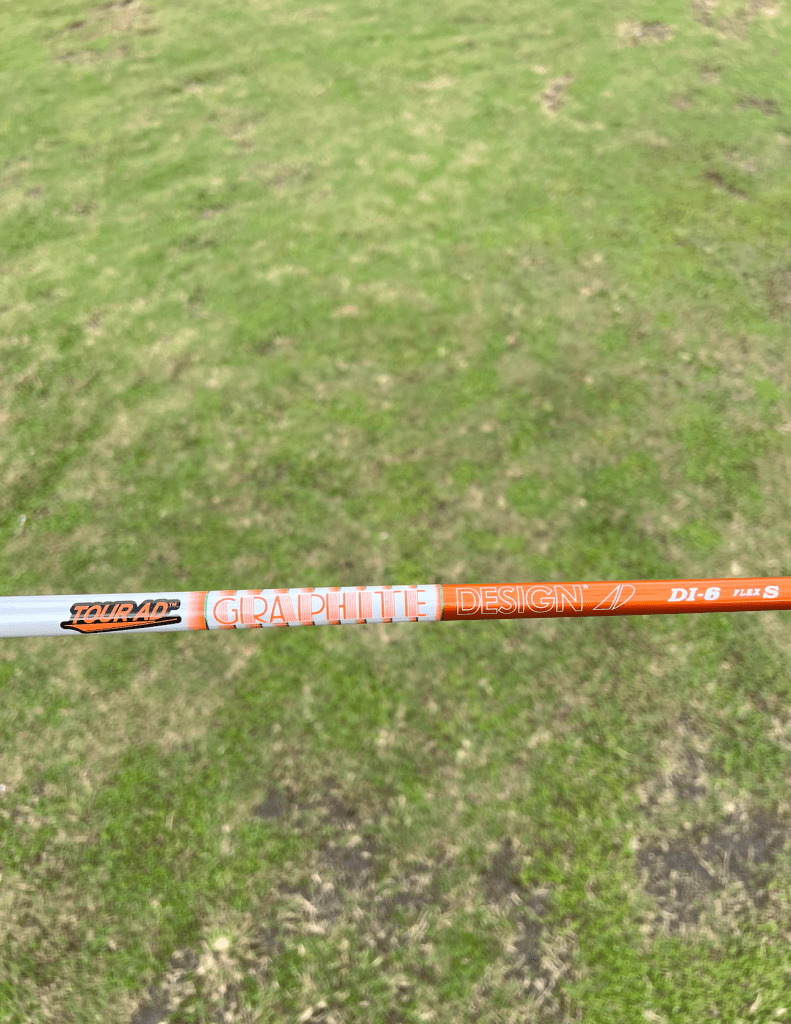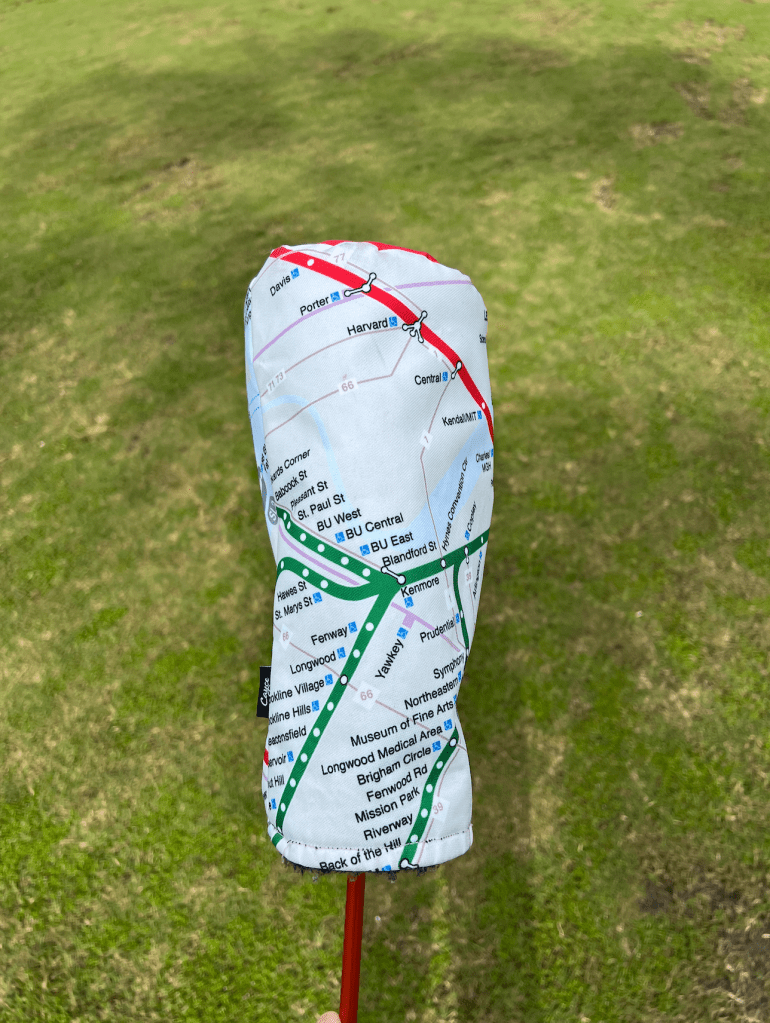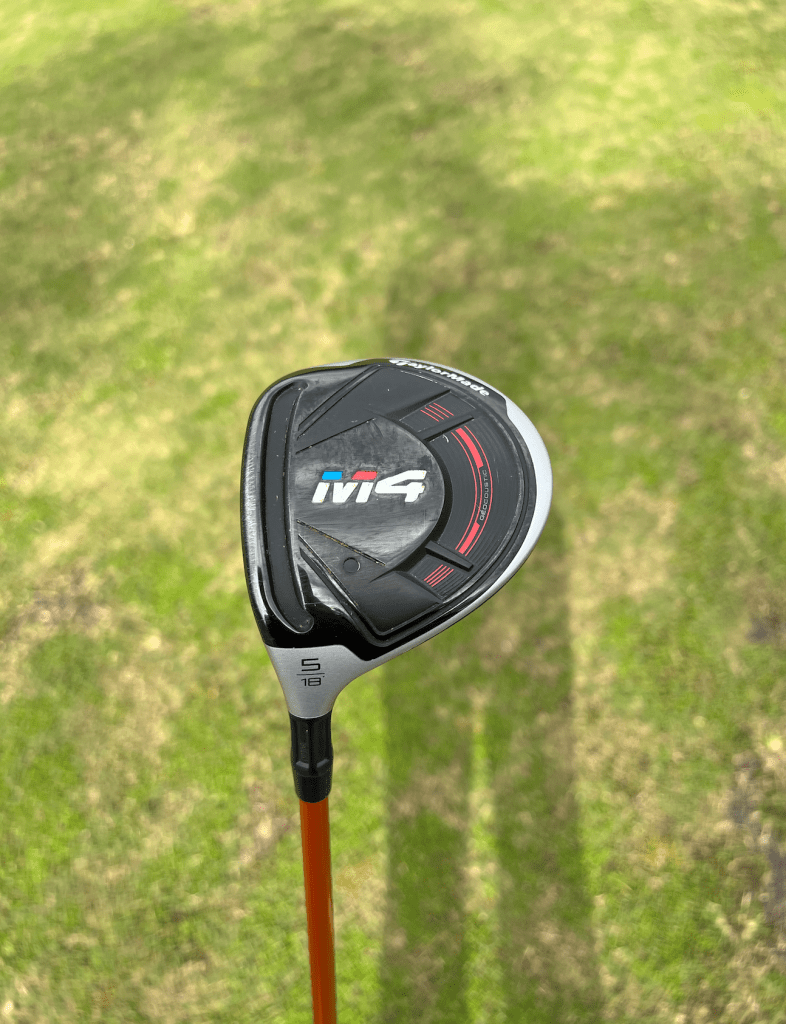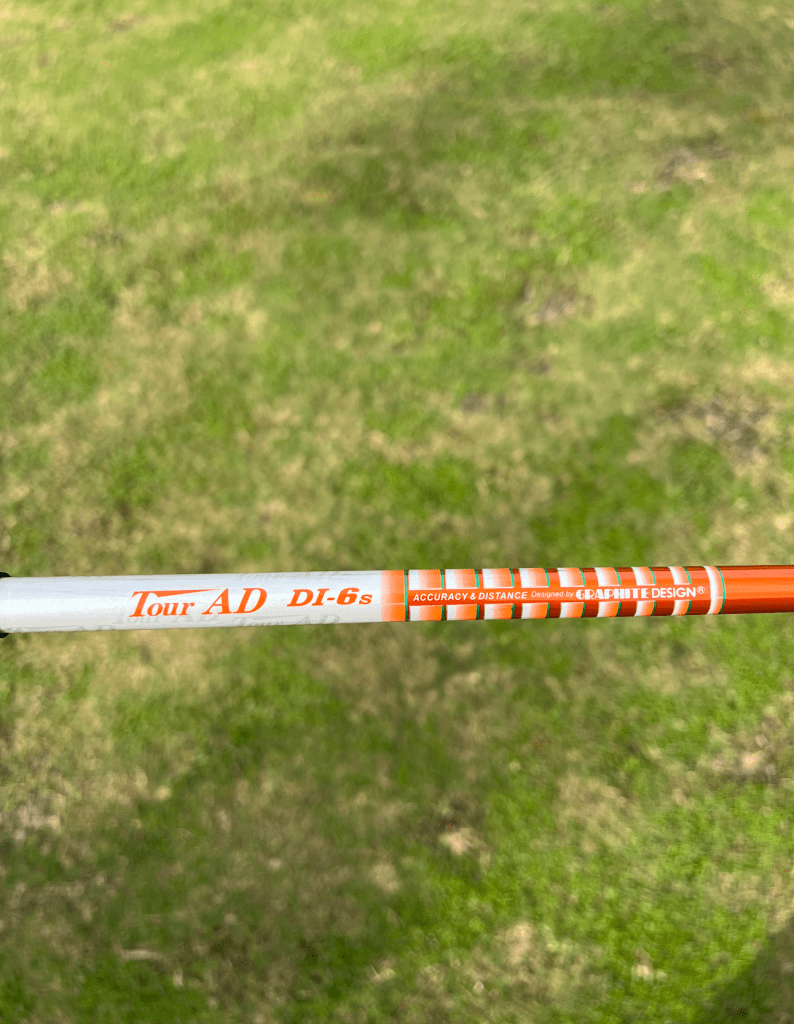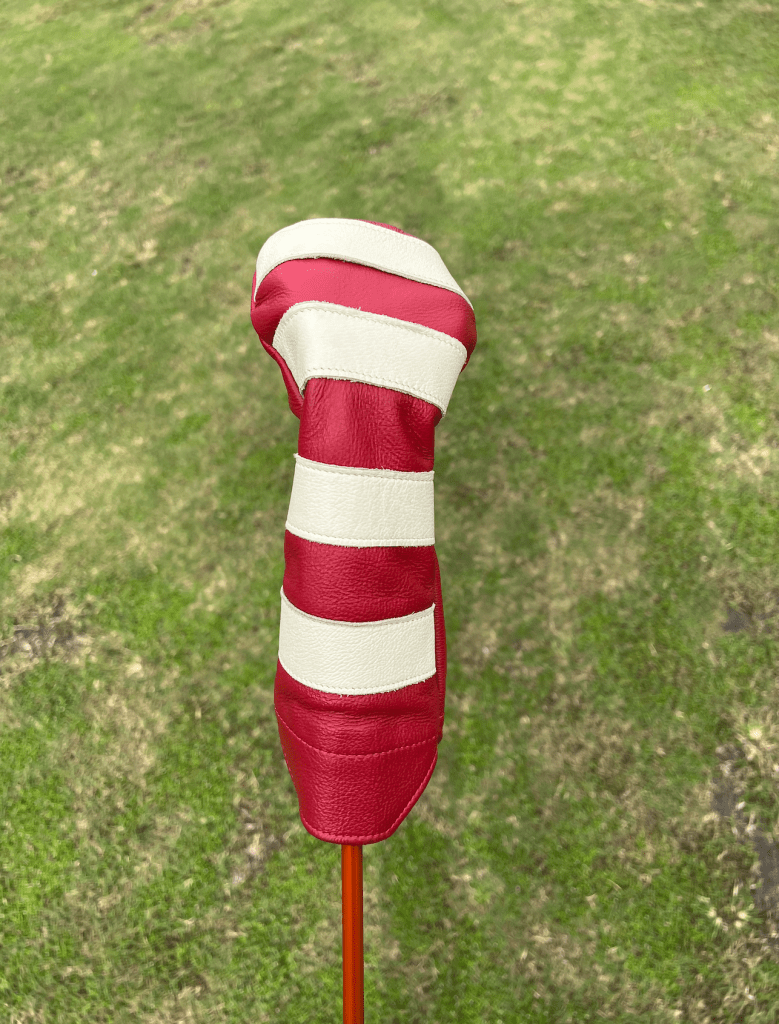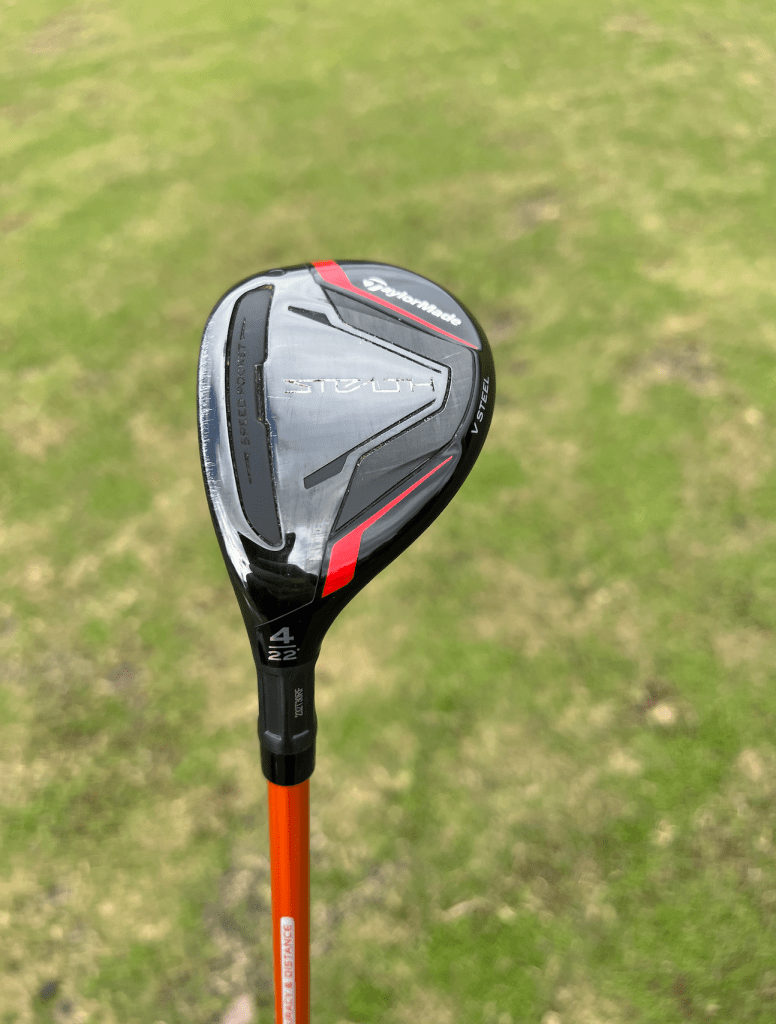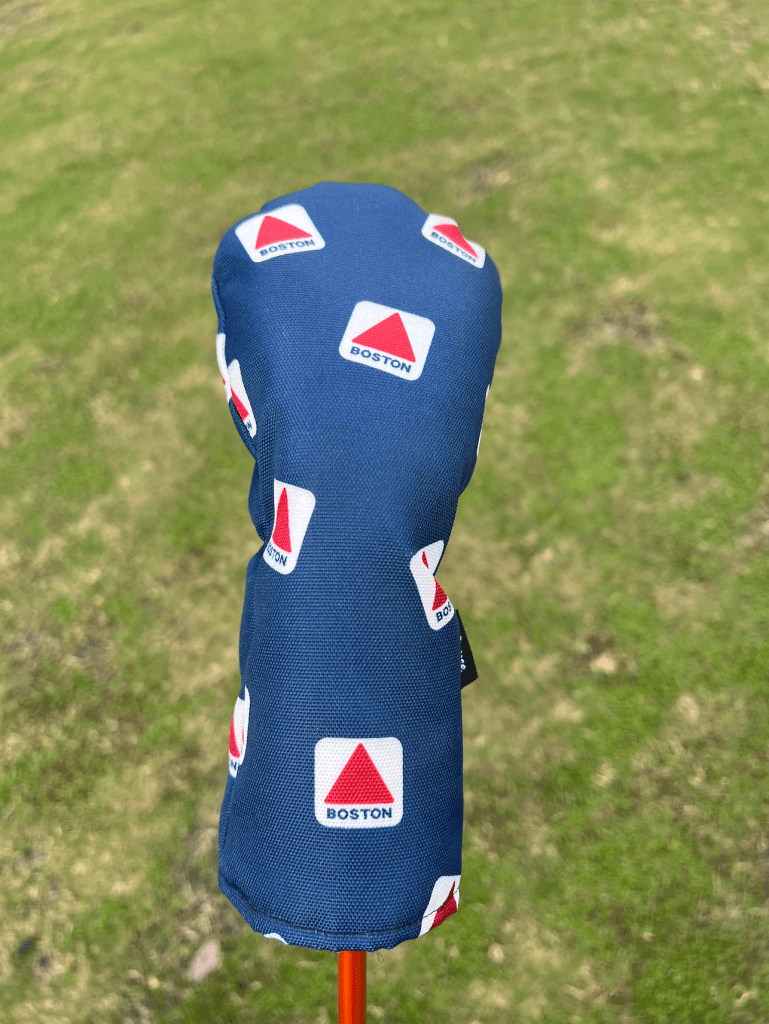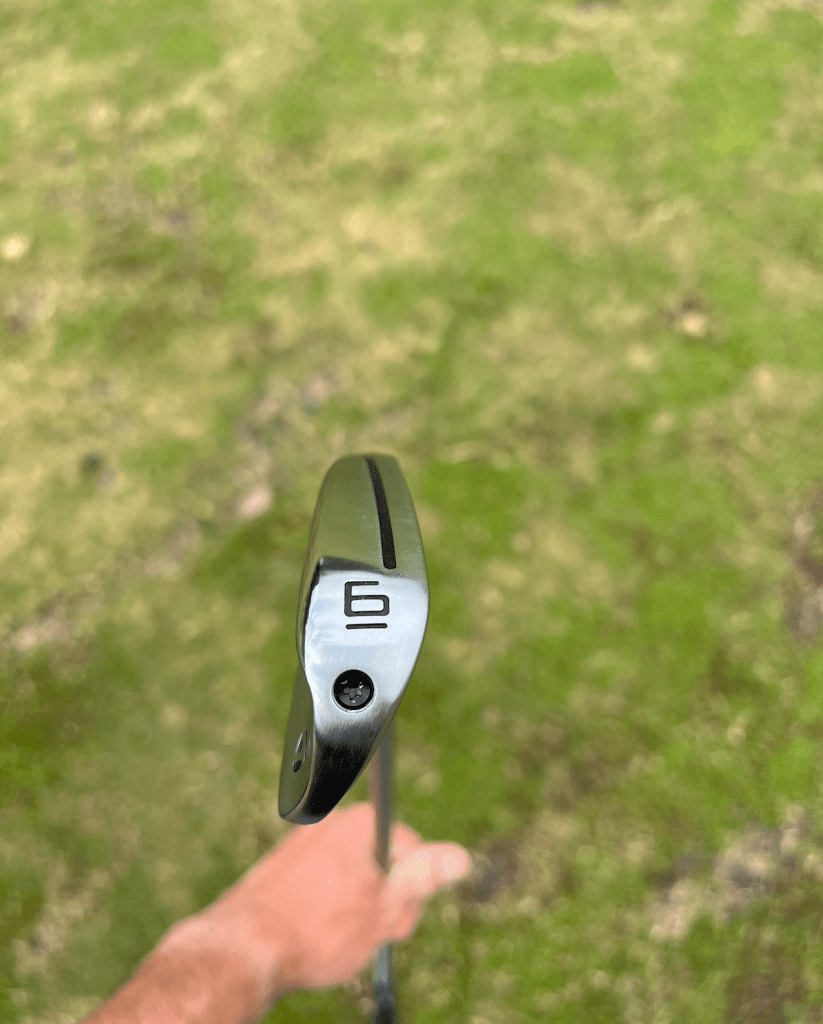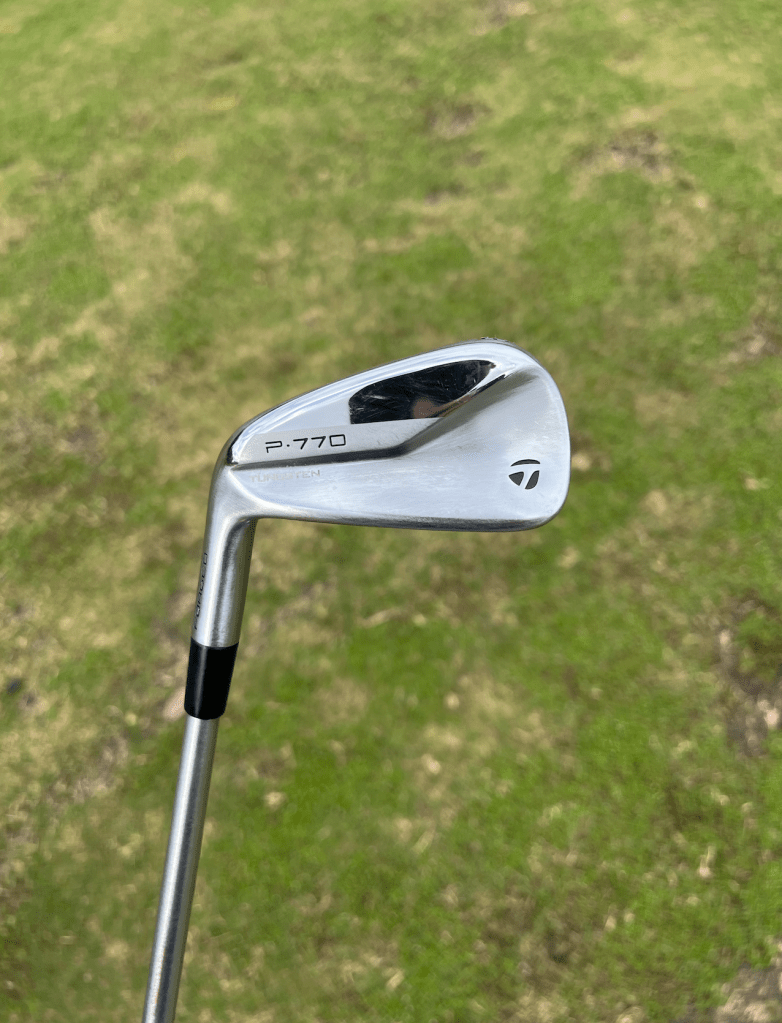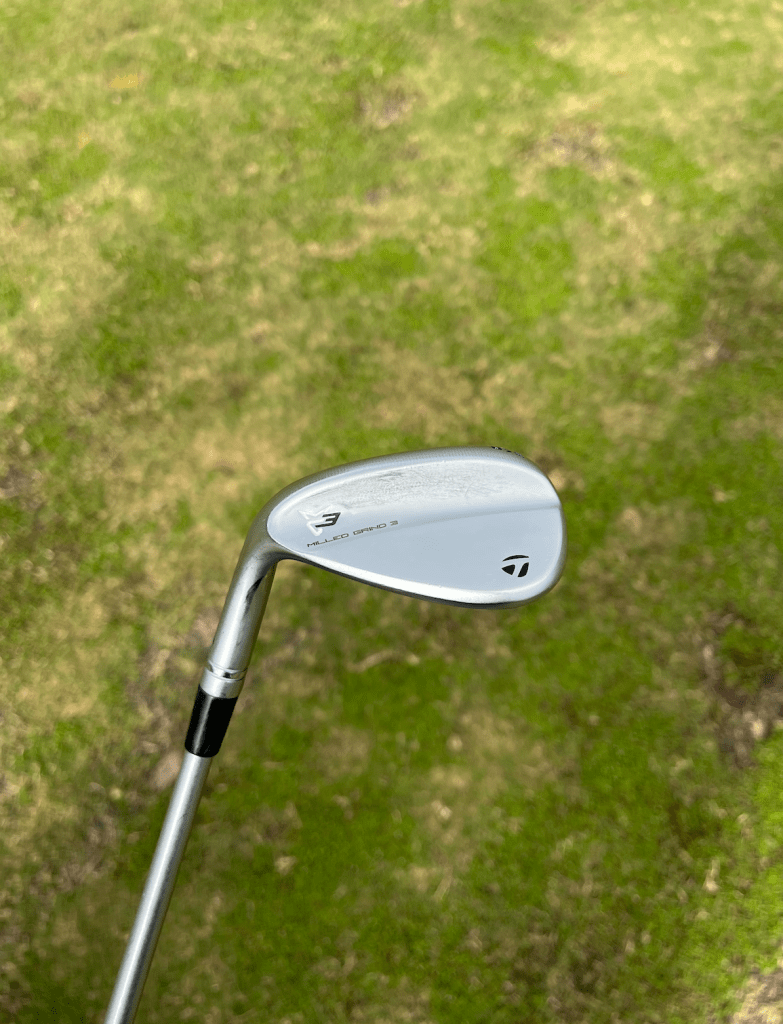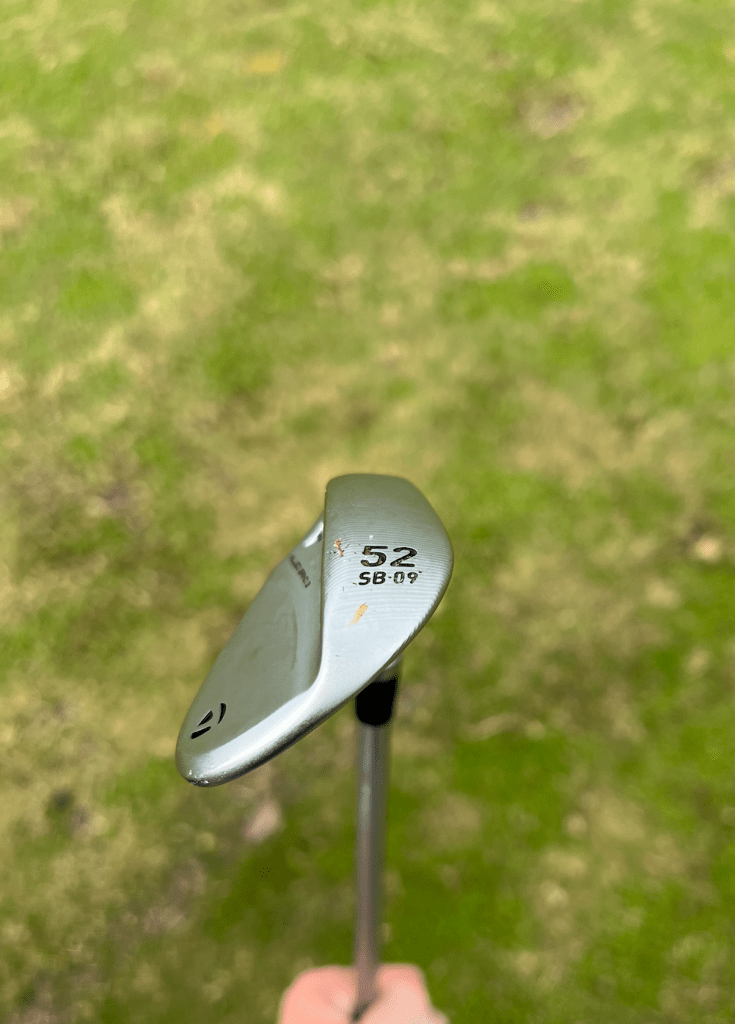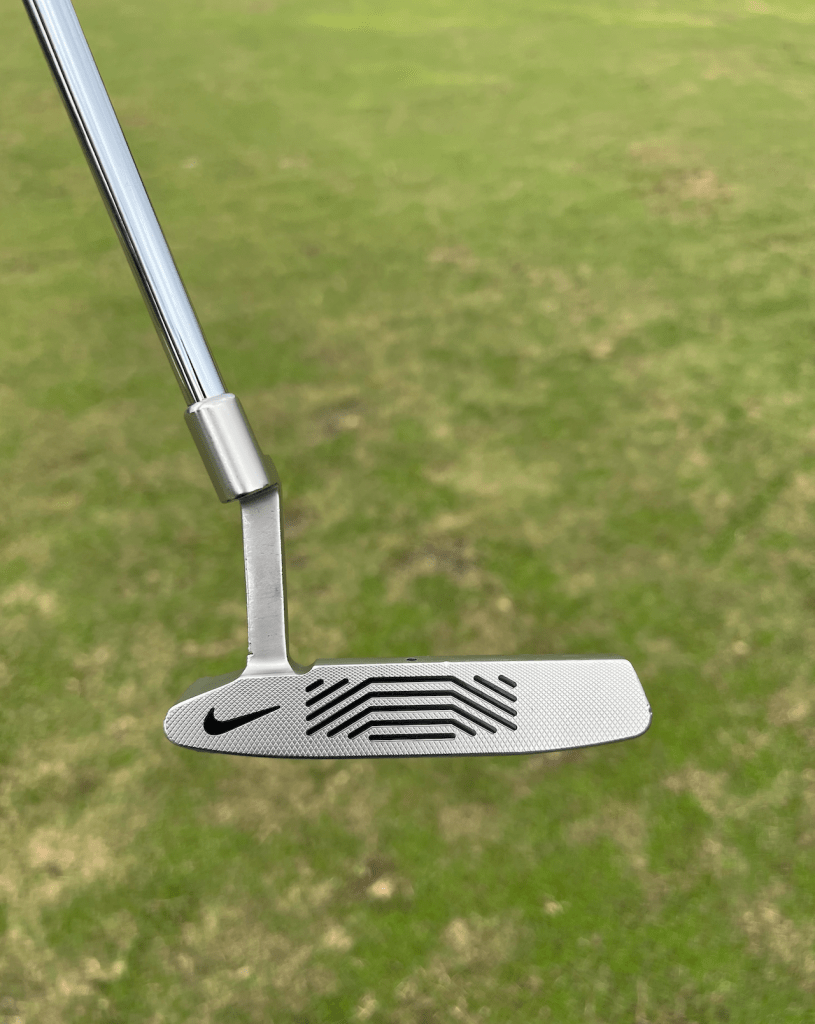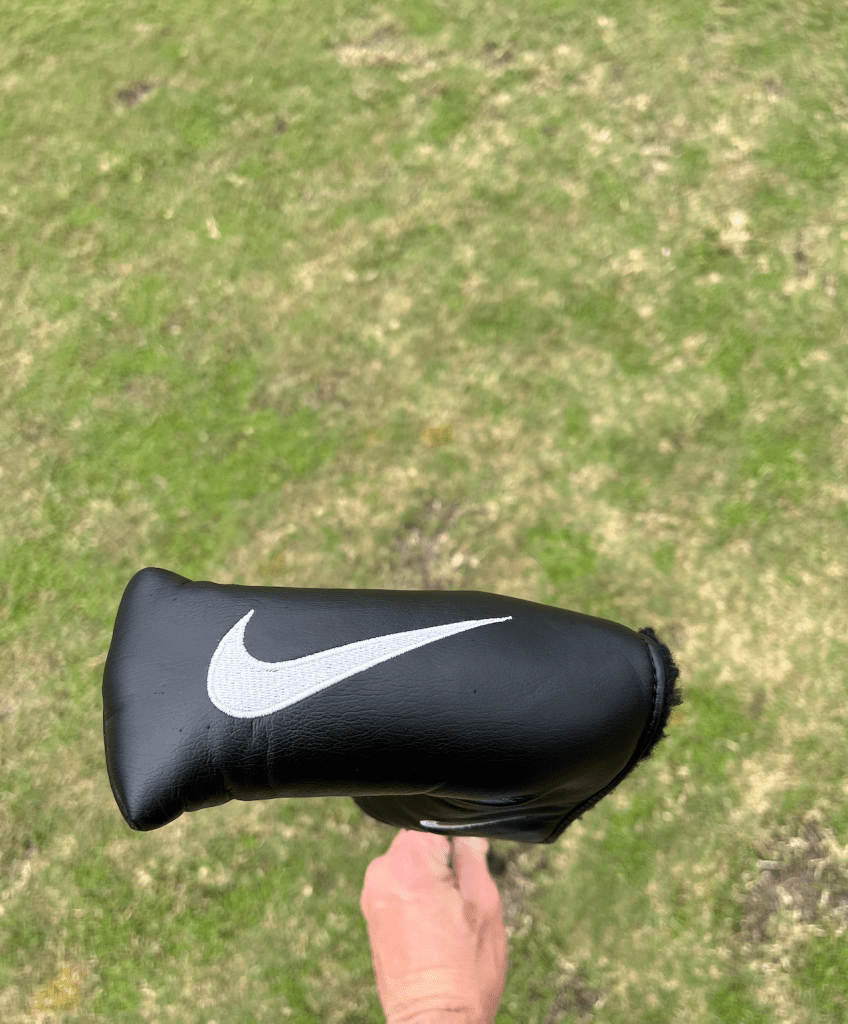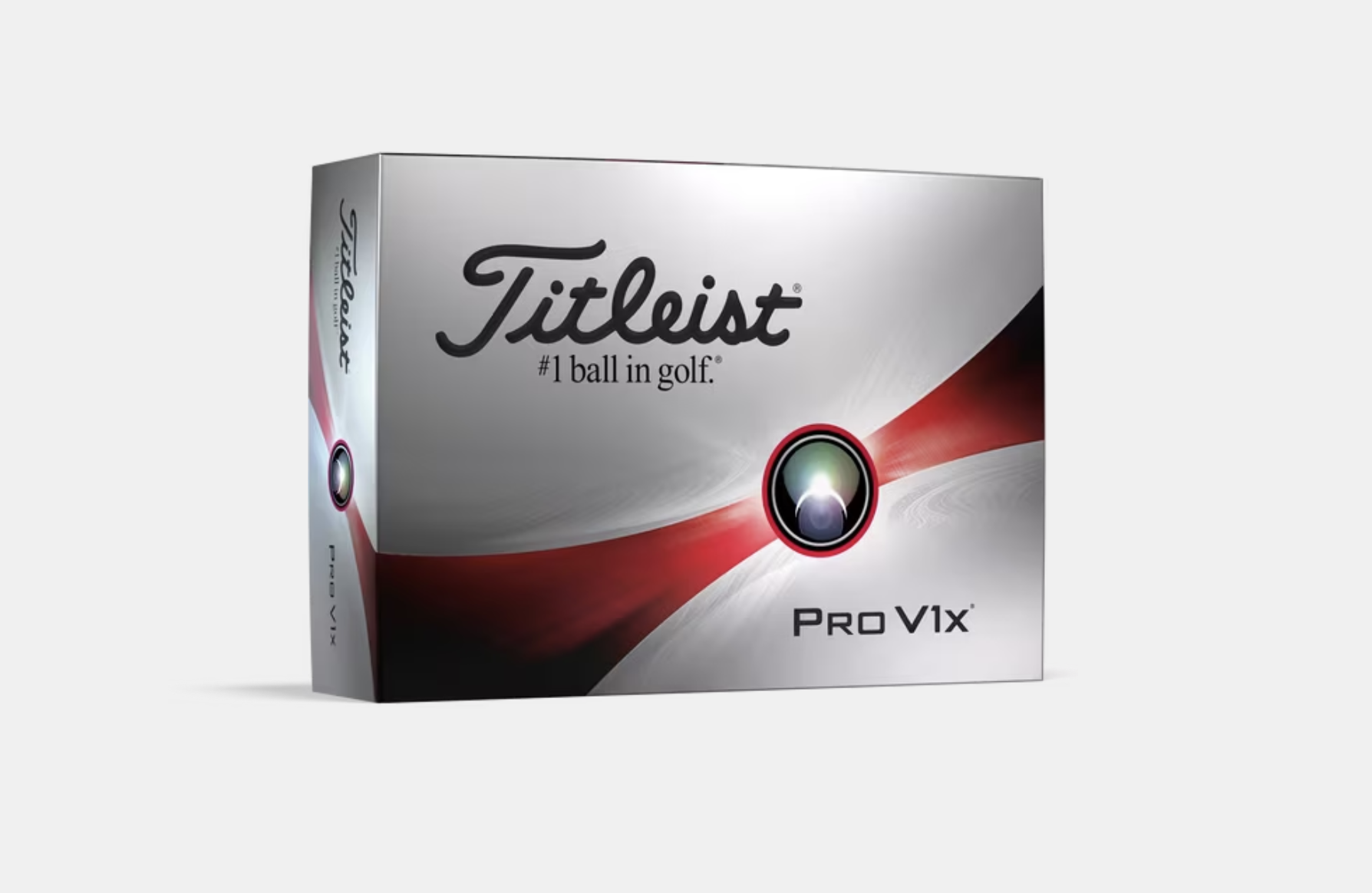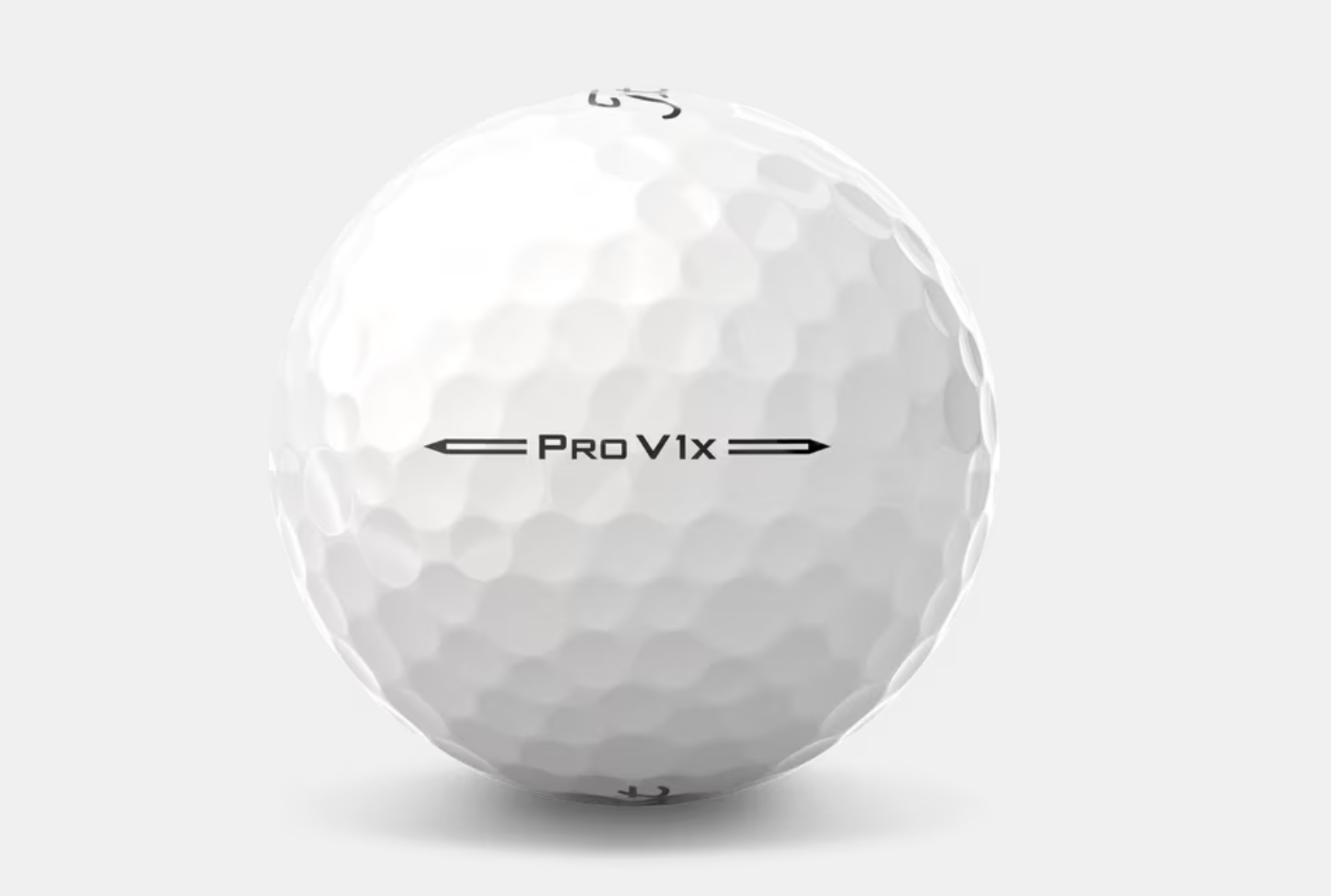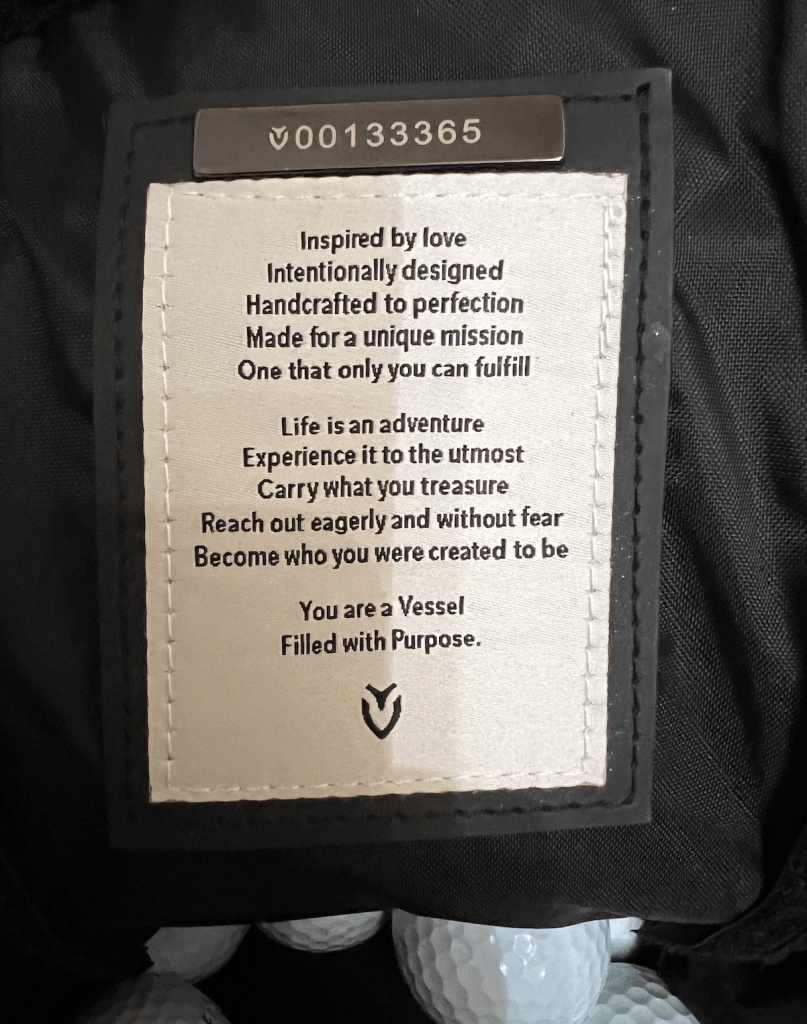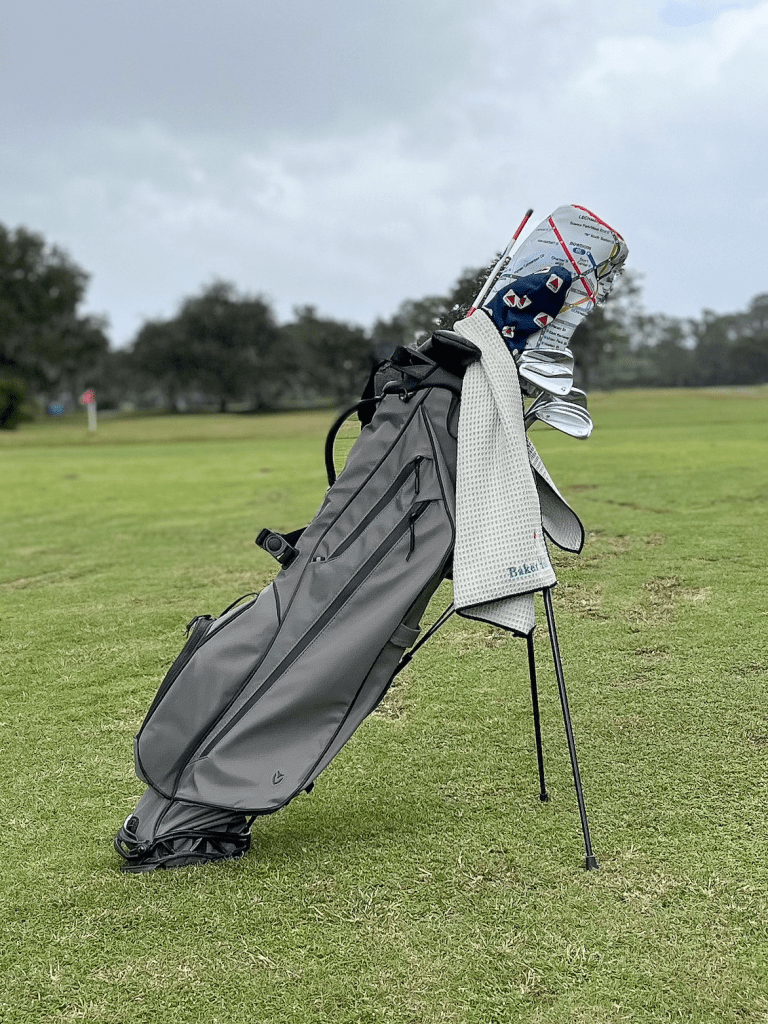What's In My Bag In 2023
This past summer I had the chance to play more golf in five months than I have played in the past 3 years combined. While this was a tremendous opportunity, it brought to light some glaring issues in my equipment lineup. I was playing a hybrid that was hard to control due to a shaft that didn’t match my swing profile, my irons were quite unforgiving, and my wedges had too little bounce. No amount of practice available to me was going to make up the gap created by my clubs.
I made a point to visit a TaylorMade rep at the one of their fitting events, and was quite impressed with the current lineup of clubs. Before I knew it, I had almost an entire new array of clubs and new found confidence to go along with it.
This month’s article gives a look into what I’m currently playing and what went into the decisions for choosing each club. It highlights the importance of getting fit by a professional fitter and asks you to consider some honest questions about your game. I think you’ll be surprised more than once by what I’ve put together.
I am not paid by any of these companies to share my reviews nor do I receive any compensation for purchases made through the links below.
DRIVER
Shaft: Graphite Design Tour AD DI-6S
Swing Weight: D5
For the past 3 years I’ve played the TaylorMade 300 Mini Driver with an 11.5 degree head. This was an absolute weapon for me, despite comments from my playing partners about it not being a real driver. It wasn’t until TaylorMade Demo Day at the club this summer that I tried the new Stealth head, with my Tour AD shaft, that I got back on the bandwagon of the standard size driver.
I chose a 10.5 degree model of the Plus head, a combination that gave me a higher launch and a lower spin rate. The other factor in my decision was one that is hard to quantify, but the shape of the head on the Plus model was much more attractive. It reminded me more of the drivers from 10 years ago, featuring more of a traditional pear shape.
I have a Graphite Design Tour AD DI-6S shaft, which is a high launch-low spin shaft. I’ve played this shaft for the last 6 years and it still serves me well.
My head cover is from Cayce Golf, a Boston-area startup. It’s a map of the MBTA, known to the locals as, “The T”. Boston is my favorite city in the world and this cover is a unique way to show that.
5 WOOD
Shaft: Graphite Design Tour AD DI-6S
Swing Weight: D3
As the years go on in my coaching career, I find myself playing less and less. This isn’t by design, rather a reality of being a busy teaching professional. As a result, I’ve found the traditional 3-wood harder to hit. Knowing this, I sought out a strong-lofted 5-wood in replacement of my 3-wood. Because of improved contact with this club, the distance lost is minimal when compared to a mishit with the 3-wood.
The TaylorMade M4 5-wood I play has 18 degrees of loft, compared to the traditional 19 degrees. Mike Kim, at Jesse James Golf, added some hot melt in the head for me, promoting higher ball flight with a slight draw bias. This club has a Graphite Design Tour AD-DI 6S shaft.
The head cover is from Boston Golf Club, one of my favorite courses I’ve played. The logo is derived from the Sons of Liberty Flag, which hung in Boston Common, as a sign to rally the group of Bostonians that led the fight against taxation by the British Government during the American Revolution.
HYBRID
Shaft: Graphite Design Tour AD DI-85 Stiff
Swing Weight: D3
One of my favorite clubs in the bag is my TaylorMade Stealth 4-hybrid. I’ve been asked why I play a 4-hybrid and a 4-iron, which are only separated by half a degree of loft (hybrid is 22 degrees, 4-iron is 22.5 degrees). While they may be very similar in their specs, they’re very different under the hood.
The hybrid has a longer shaft by 1.75-in. and has a larger club head with a center of gravity that is lower and further back (creating higher ball flight). The hybrid is also equipped with a graphite shaft, which creates a higher club head speed and a higher launch.
I chose the 4-hybrid over the 3-hybrid as it provides me with a more equal distance gap between my 4-iron and my 5-wood. I hit my 4-iron 190 yards, the 4-hybrid 210 yards and the 5-wood 230 yards.
The hybrid is covered with another Cayce Golf creation. The Citgo sign in Boston is an official city landmark, designated as such in 2018. This cover pays homage to that sign, known as the “North Star of Boston.” It has long been a fixture of the city, viewable from Fenway Park just over the left field wall.
IRONS
Shaft: KBS C Taper Lite 105
Swing Weight: D2
Lie Angle: 1.5 degrees flat
The TaylorMade P770 series irons are in my opinion every better player’s dream. They are the perfect mix of performance and playability, with an aesthetic quality that is hard to beat. The thin top-line inspires confidence throughout the bag, while the performance characteristics like the SpeedFoam injection will make your poor shots better and your good shots great.
I paired them with the KBS C Taper Lite 105 shaft, which produces a mid-high trajectory and controlled spin.
WEDGES
Shaft: KBS C Taper Lite 105
Lofts: 52/56/60
Bounce Angles: 9/12/10
Swing Weight:D3/D5/D5
The MG3 wedges have been the biggest surprise in the bag so far, helping me create shots I struggled with in the past. There are a number of contributing factors to this, namely the amount of heel relief they incorporate and the way they have moved the center of gravity and adjusted the hosel length according to the loft of the club. This allows the lower lofted wedges to launch a little higher while bringing down the flight of the high lofted wedges.
From an aesthetic standpoint, TaylorMade outfits these wedges with raw faces, which has been a largely misunderstood topic over the years. Rust itself does not create spin as most think, but rather the raw finish means that no coating was applied to the face of the club that could disturb the intended geometry. From an aesthetic standpoint, I enjoy the raw finish as it eliminates a lot of the glare you get from the sun reflecting in the face of a satin wedge.
Like the irons, they are paired with the KBS C Taper Lite 105 shaft.
PUTTER
35 inches
The only piece of equipment that has stayed in my bag for the last 10+ years is my putter. Being a Tiger fan, and a Nike guy, this putter was a no-brainer when it came to market back in 2010. Like any meaningful relationship, we’ve had our ups and downs, but always make up in the end. To make it true to the Tiger spec, it’s paired with the Ping PP58 blackout grip.
The cherry on top of the putter is the matching tour issue head cover. It’s a simple black AM&E cover with the Nike swoosh logo embroidered in three places. It was issued to Tour Professionals around the world and was never offered for sale to the public. A search that I would rather not admit the length of finally produced the head cover being offered for sale by a former employee of The Oven, the Nike Golf R&D facility.
GOLF BALL
This summer I took some time to go through the process of selecting a golf ball to play exclusively. In years past, I would play whatever I was given by club reps, with not much mind paid to whether it was right for me or not.
After spending some time researching the R&D process golf ball manufacturers go through, I came across a couple of articles on the website My Golf Spy. The most interesting concept they described was what they called True Price, which is the number of golf balls you need to purchase to get a perfect dozen. They measured the roundness of each ball, the weight consistency from ball to ball and the compression of each ball in a dozen and compared the results across manufacturers.
Titleist is the unanimous quality champion in the game today, finishing far ahead of other companies. This was a large surprise to me and changed how I viewed my selections. The ball I had been playing somewhat seriously was sold at $49.99 per dozen, but the True Price to get a perfect dozen was actually $54.53, a 9% increase!
The process I went through to decide whether the Pro V1 or the Pro V1X was the right ball for me started on the putting green, doing a blind test to determine which ball I enjoyed putting the best. The results were close with the Pro V1 coming out a little ahead of the Pro V1X due to the softness of the ball.
From there I went to the short game area to hit different shots around the green, judging each ball on the feel off the face of the club, the trajectory it would fly at and the amount of check I would get when it landed. This is where the Pro V1X really began to become the favorite. It felt just a touch firmer than the Pro V1, however the launch and spin were a clear winner.
The last test was to take a sleeve of each to the course and evaluate them on full shots. Off the tee the Pro V1X was 8-12 yards longer on average, something that anyone would want to take advantage of. Into the green, I enjoyed the soft feel of the Pro V1 more, but the performance of the Pro V1X was a clear advantage.
GOLF BAG
Being a minimalist at heart, and a fan of brands that value quality over quantity, the Vessel golf bag lineup is quite appealing to me. I find most golf bags these days to be heavy on branding and light on quality, making the search for a new bag frustrating.
The VLS is made with expert craftsmanship, with no small detail being overlooked. From the pull tab on the magnetic pocket to the brand ethos and individual bag numbering on the inside of the ball pocket, you get the sense that this brand takes great pride in their work.
REFERENCES
https://www.taylormadegolf.com/Stealth-Plus-Driver/DW-TA024.html?lang=en_US
https://www.taylormadegolf.com/Stealth-Rescue/DW-TA036.html?lang=en_US
https://www.taylormadegolf.com/P770-Irons/DW-TA155.html?lang=en_US
https://www.taylormadegolf.com/Milled-Grind-3-Wedge/DW-TA191.html?lang=en_US
https://www.titleist.com/product/pro-v1x/003PVXT.html
https://vesselgolf.com/products/vls-stand?variant=39478216851516
https://proschoicegolfshafts.com/tour-ad-di-wood-shafts/


